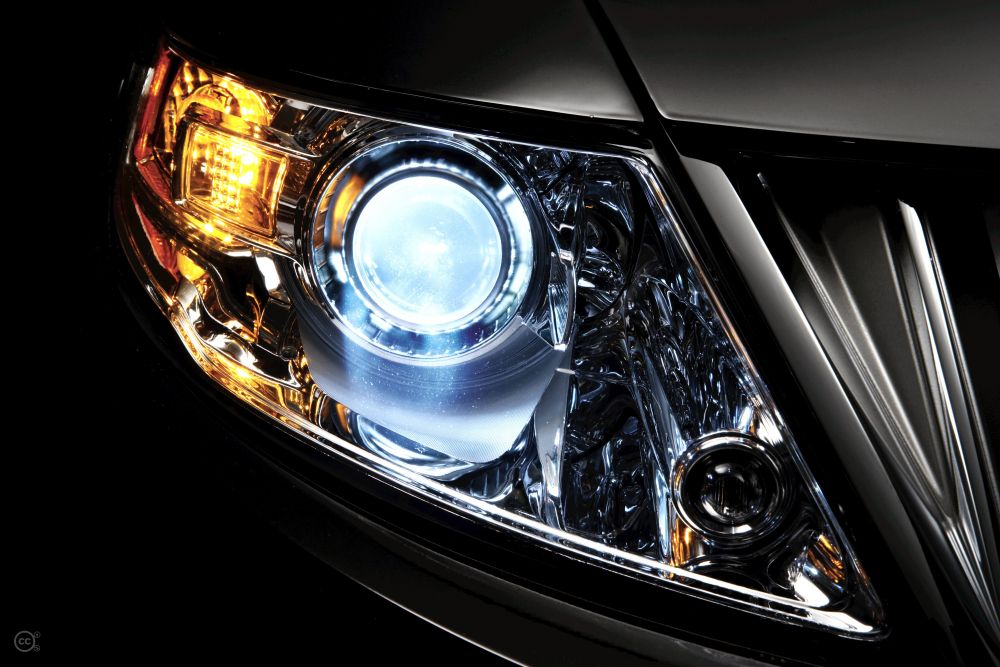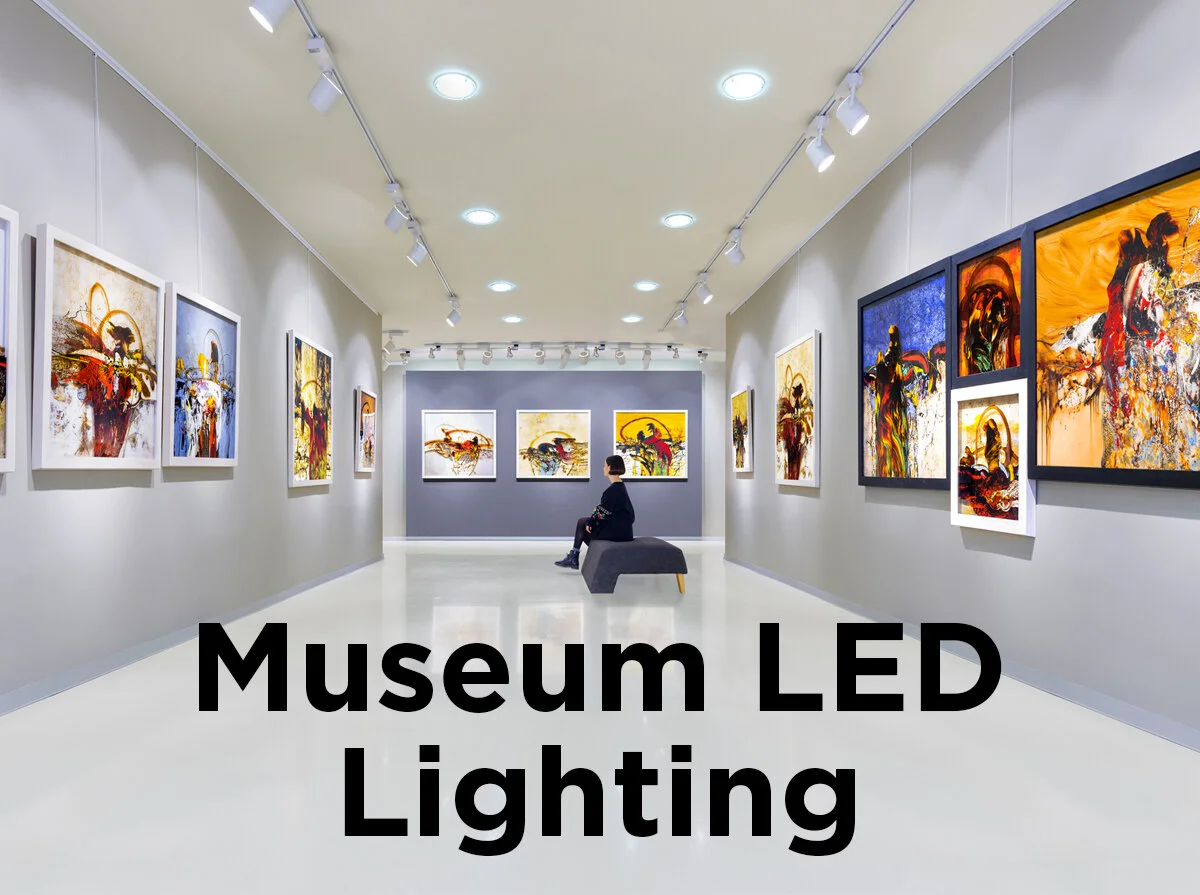Highlighting the History of the Headlight
Transportation and the way we commute from point A to point B have significantly evolved since the first automobile. Due to advances in technology, how we see the road ahead has improved substantially from the days of the first automobile to now. With a flick of the switch or a turn of a nob, today’s evening commutes wouldn’t be possible, or safe for that matter, without the headlight. From its humble origins, the headlight has evolved from what was considered an accessory of the 1900’s to a necessity in today’s transportation markets and family road trips.
Carbide (Acetylene) “Headlight”
Similar to old gas lamps, the first headlights were introduced during the 1880s used acetylene and oil. Originally developed for mining purposes, Carbide lamps were produced by dripping water on calcium carbide to produce acetylene gas, which was then burned for a light. These headlights or ‘headlamps’ required regular cleaning because they produced caustic lime, a toxic substance.Its construction was made up of a lantern with a reflecting mirror which sent an unfocused scattered forward light. With a poor range and the absence of a lens protector, a strong gust or splash of water easily extinguished the ‘weather resistant’ acetylene. During cold weather, the water would freeze which would inhibit the gas generation process. Up until 1912, acetylene headlamps were used on the majority of manufactured vehicles.
Electric Headlight
Even though it was a step in the right direction, the first electric headlights required more power than they produced, which car manufacturers weren’t interested in investing in. The first electric headlight was debuted in 1898 with the Columbia from the Electric Vehicle Company, but it wasn’t until four years later in 1904, that the Pockley Automobile Electric Lighting Syndicate offered lights powered by an eight volt battery. In 1912, Cadillac introduced their Delco electrical ignition and lighting systems and paved the way of vehicle electrical systems which is similar to what we see today.
The first taillights, which integrated the stop lights and turn signals, debuted in 1918. Even though it’s been nearly 100 years, some drivers on today’s roads still don’t know how to use them. Comparable to today’s systems, a lever fastened to the steering wheel controlled two diamond-shaped tail lights mounted at the rear of the car. Shortly after, tail lights became standard on most automobiles.
Glass Sealed Beam Headlight
Introduced around 1939, the sealed beam style of headlights was manufactured with a metal reflector, a soldered-in bulb, and glass lens fastened permanently together due to patent restrictions. This standardized round sealed beam headlight provided a more focused light with the help of the tungsten filament sealed inside a glass/reflector lens. Per the Federal Motor Vehicle Safety Standard 108, all vehicles sold in the U.S. were required to have two 7” in diameter round sealed beam head lights per vehicle, which limited the design of automotive designers. In 1957, the U.S. law began to allow for four sealed beam headlights, each being 5 ¾” in diameter. Two served as a high beam setting while the other two would serve as a low beam.
The halogen sealed beam headlight didn’t make its debut until around the 1960’s. Europeans were much quicker to utilize this new technology than American car manufacturers. European car manufactures essentially took the sealed beam design and enhanced the light output by inserting halogen gas into the unit so it would react with the tungsten filament. This design provided a brighter light source to illuminate the roads ahead. The U.S. automotive market didn’t take to this newly improved technology until later, but utilized non-halogen sealed lamps until around 1978. It wasn’t until 1979 where the US markets integrated halogens sealed lamps into American automobiles to increase the light output.
Composite Headlight
Up until the introduction of the composite headlights, burned out lights meant the whole unit needed to be replaced. With an all-in-one-place system, the headlights at times would limit the visibility due to a dark residue on the inside of the glass left from a boiling filament. To regain full visibility, that meant replacing the whole all-in-one headlight which was costly and frequent. In 1983, the Federal Motor Vehicle Safety Standard 108 was amended to allow composite headlight assemblies to include replacement bulbs, a nonstandard shape, and aerodynamic lenses. Since this amendment, headlights for the first time ever were manufactured from plastic. Since composite headlight units made it possible to replace the bulb instead of the whole unit, the replaceable halogen bulb became the preferred light source for headlights until the introduction of the HID headlight.
Xenon (HID) Headlight
Introduced in the early 1990’s, Xenon headlights are a combination of metal halide lamps filled with Xenon gas. This helped produce adequate light levels immediately when starting up a vehicle and would reach their full brightness shortly after. Compared to halogen lights, HID headlights (Xenon) improved lamp life, lumens, high intensity beam patters, color temperature, and durability. Since the lighting units could be smaller without impacting the light emitted automotive designers were able to designs headlights more creatively. Europeans automotive manufacturers were again one step ahead as the first production car to host the HID light source was the BMW 7 Series in 1991. The first American car to implement this HID technology was the 1996 Lincoln Mark VIII.
LED Headlight
The LED headlight that we know today made its appearance in the 2004 Audi A8, primarily as a daytime running head light when the vehicle was in motion. They are widely used in today’s markets since they produce a massive amount of light without requiring a whole lot of energy. LED headlights reign supreme in efficiency since they produce substantially lower levels of heat than the previous generations of headlights. Since the diodes are relatively small, they can be manipulated into a range of different headlight shapes, the most unique at the time being the 2007 Audi R8 which used LEDs in every section of its headlight cluster.
Lasers Headlight
Even though it sounds like something out of a James Bond film, laser headlights are the newest form of automotive lighting technology. The first production car to feature this state-of-the-art technology is BMW’s i8. Three diodes shoot blue laser beams into a prism, which focuses the three beams into one. The single beam is then passed through a phosphorous lens that transforms the blue light into a white light. The beam then hits a reflector and is directed onto the road. Astonishingly, these lasers are an impressive 30 percent more efficient than LEDs and can illuminate nearly double the viewing distance, to around 6,500 feet. That’s around 18 football fields of lit up road! Even though these are impressive numbers, lasers are only being used as high beams because they aren’t quite as focused as LEDs.
Since its first generation, headlights have traveled a long way from a simple flame to a complex laser. Do you think other car manufacturers will utilize this laser technology? Leave any questions or concerns below and let us know how horrible or awesome your first car was. As always, check back on our blog, Facebook, Twitter, LinkedIn, and Pinterest for more information about the wonders of lighting. Although we can’t change your oil or run a diagnostic on your car, our staff at 1000Bulbs.com is up for the challenge of answering your everyday lighting questions
Sources:
http://www.ridelust.com/illuminating-a-brief-history-of-the-headlight/
http://www.autoevolution.com/news/history-of-automotive-headlamps-from-acetylene-to-leds-4485.html
http://www.carid.com/articles/brief-history-of-sealed-beam-headlights-in-us.html
http://www.web2carz.com/autos/everything-else/3440/gallery-an-illuminating-history-of-the-headlight
https://www.carthrottle.com/post/from-lamps-to-lasers-the-evolution-of-headlights/
http://frankfender.kinja.com/the-history-of-automotive-headlights-1696502382
https://www.hotrodhotline.com/headlights-part-1-basics#.VuweqOIrKCh








